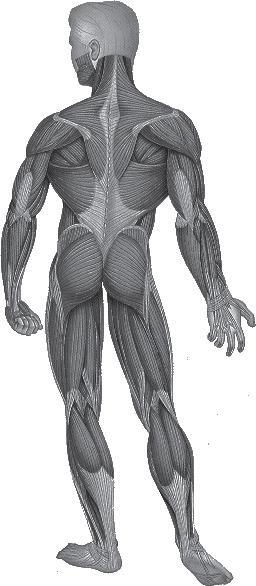
1 minute read
Virtual reality is helping brain injury survivors regain use of their arms and hands
Survivors of brain injuries caused by stroke and other serious events can lose function in their arms and hands. An Australian company is creating a virtual reality therapy system to help survivors regain the use of these limbs.
Making brain injury therapy more engaging
Getting better after brain injury is hard work. Survivors need therapy to help the brain to heal.
But therapy can be boring and repetitive. This means survivors don’t always do as much therapy as they need.
To make therapy more engaging, Australian company Neuromersiv has created the Ulysses VR Upper Limb Therapy System. Using a wireless virtual reality (VR) headset, brain injury survivors can do therapy by performing rewardsbased, gamifed activities in realistic environments. An immersive environment
‘As soon as the person puts on the headset, they are totally immersed,’
CEO Anshul Dayal enthuses. ‘Like with gamers, dopamine kicks in and they want to keep going. So VR creates the motivation to keep doing your therapy. That can lead to better function recovery.’
The Ulysses VR software is available to buy in Australia and Britain. ‘I am proud we’ve taken this to market. We’re seeing people use it and give us positive feedback,’ Anshul says. Wearable glove
As part of the Ulysses therapy system, Neuromersiv has also developed a hand and arm wearable glove. The glove helps users activate their muscles and receive realtime sensory feedback from VR environments. It combines two therapy modes with the VR software.
Functional electrical stimulation (FES) therapy helps brain injury survivors activate muscles they can’t move. Electrodes in the glove send small electrical currents through key points on the forearm muscles to stimulate extension and fexion.

New neural pathways
‘If the survivor is trying to brush their teeth in virtual reality but they just can’t grab the virtual toothbrush, the FES can assist with the grabbing action by stimulating fexion of the wrist and fngers,’ Anshul explains.
‘This stimulation creates a feedback loop that can be a catalyst for the brain to form new neural pathways to recover lost function. This is often referred to as brain neuroplasticity and is the key to long-term functional recovery.’ Sensory feedback
The team is also combining tactile feedback, or haptics, with the glove. For example, when users brush their teeth in virtual reality, they get a vibration effect on their fngers.
‘The goal is to enhance the sensory feedback because that helps the









